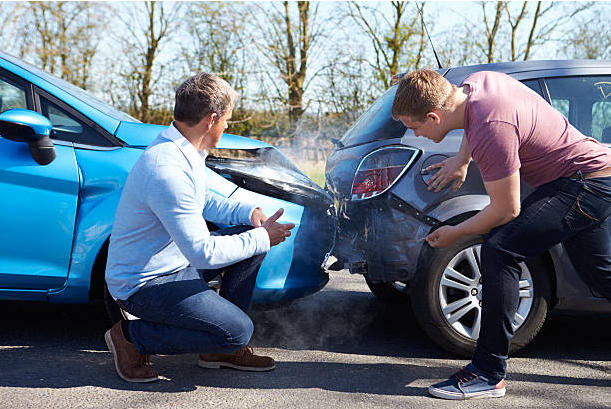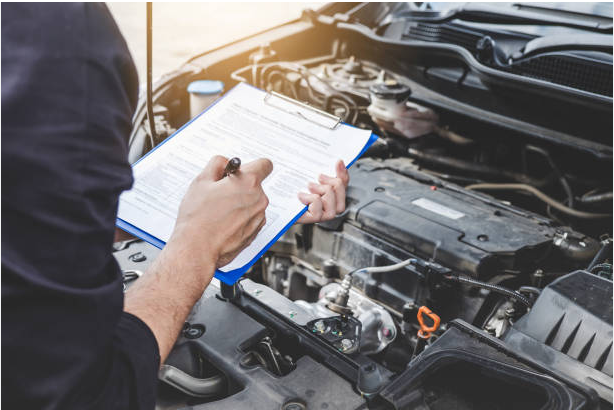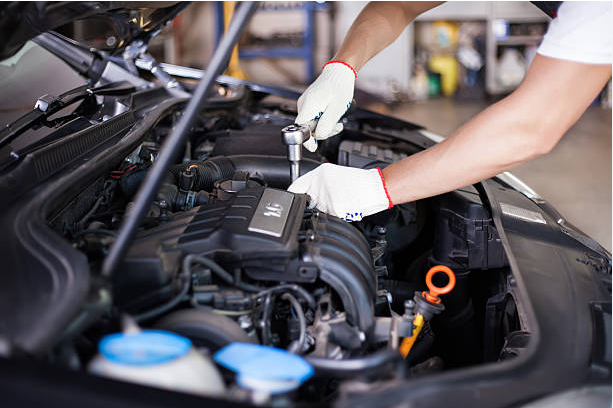Car accidents can be frustrating and overwhelming. Imagine going about your day and driving responsibly when another driver unexpectedly collides with your vehicle. Dealing with significant car damage is stressful enough, but the situation becomes even more complicated when you need a specialized mechanic to repair your imported Japanese car and file an insurance claim simultaneously.
Here’s the good news: there are steps to take to effectively pursue insurance claims and handle the significant damage to your imported vehicle without doing these alone.
Contents
Are Japanese Cars Easier to Repair?
Generally, imported Japanese vehicles are easier to service and repair than European or American cars. Since these vehicles are typically crafted with a focus on simplicity and durability, they often have straightforward and uncomplicated layouts that facilitate easy access to and replacement of parts.
For instance, Toyota, Honda, and Nissan are a few Japanese cars that are widely available and more affordable in almost any country. So, many auto repair shops are familiar with repairing these Japanese cars. Aside from this, car parts are also accessible, speeding up the repair.
However, Japanese cars are precisely engineered and manufactured, meaning their components are intricately designed. So, some car repairs have to be handled with extra care to maintain the vehicle’s original functionality and performance.
What Are the Common Repairs for Japanese Imported Cars Due to Car Accidents?

If you’ve ever been in a car accident, you know that even a minor collision can lead to all sorts of hidden issues with your vehicle. After an accident, whether you drive a Japanese import or any other kind of foreign car, getting a thorough checkup and any necessary repairs is important. Even minor problems can turn into big headaches if they’re left unaddressed.
Japanese cars are known for their precise engineering, which makes them smooth to drive and highly reliable. But because of that, certain repairs need special attention to keep everything running as it should. Here’s a look at some of the most common repairs these vehicles might need after an accident.
- Body and Frame Repairs: Many Japanese cars use lightweight materials to make them more fuel-efficient. While this is great for saving gas, it can make the car more prone to dents or other frame issues in an accident. Sometimes, the car’s frame may need straightening, or a few panels might need fixing.
- Suspension and Alignment: Japanese cars are built for smooth handling, which makes them a joy to drive. But if the suspension gets knocked out of place in an accident, it might need realignment or a part replacement to restore that nice, even feel on the road.
- Engine and Transmission Mounts: A rear-end collision can knock the engine or transmission mounts out of alignment. Even small shifts can affect the car’s drive, so these mounts might need to be adjusted or replaced to get things back in order.
- Electrical Systems and Sensors: Modern Japanese cars often have advanced sensors that support safety features, like lane departure warnings or collision alerts. These sensitive systems can be thrown off in an accident and may need diagnostic checks to ensure everything works correctly.
- Windshield and Glass Replacement: Like the windshield, glass parts tend to be the first to crack or shatter in an accident. Japanese cars often use specialized glass, so you may need an experienced mechanic to replace it properly.
- Paint and Finish Touch-ups: Japanese cars are known for their high-quality paint jobs. However, these finishes can get scratched or chipped in an accident, so restoring the paint is often necessary to restore the car to its original look.
- Cooling System Repairs: If your car is hit in the front, the cooling system or radiator might be affected. Japanese cars often have compact cooling systems that need careful repairs to prevent future overheating issues.
After an accident, we recommend taking your car to a mechanic who’s experienced with Japanese vehicles. They’ll know exactly what to look for and can ensure everything’s fixed to keep your vehicle running smoothly and looking as good as new.
What Do I Look for in a Japanese Car Mechanic?

Looking for the right mechanic to repair your Japanese car, there are several important factors to keep in mind to ensure you receive high-quality repairs and maintenance:
- Knowledge of Japanese Cars: A mechanic with experience in Japanese vehicles will know how these cars are built and can spot any specific needs they may have. This knowledge means they’re better equipped to repair your vehicle correctly.
- Original Parts Matter: A good mechanic can use OEM (Original Equipment Manufacturer) parts made specifically for Japanese cars. These parts match your car’s original quality and help keep it running smoothly.
- Skilled and Certified: Look for mechanics with certifications like ASE (Automotive Service Excellence). These credentials mean they’re trained and experienced with the high standards needed to care for your car.
- Special Tools for Japanese Cars: Some Japanese cars need specific tools for accurate diagnostics. Mechanics with the right equipment can pinpoint issues more precisely and make accurate repairs.
- Warranty on Repairs: Trustworthy mechanics often offer warranties on their work. This shows they stand by their repairs and gives you peace of mind.
How Do I File an Insurance Claim for Repairs?
Did you know that in 2022, there were 42,514 fatal car accidents in the United States? According to Forbes, an additional 1,664,598 crashes led to injuries, and 4,226,677 caused property damage. With the severity of the consequences of being in a car accident, you must ensure you file an insurance claim that can cover your damage expenses. Usually, filing claims pays for your property damage, injuries, and other damages.
Here’s a quick guide to making the process easier:
Step 1: Report the Accident. Start by reporting the accident to the authorities. A police report will record details of the crash and can be helpful evidence for your claim.
Step 2: Document the Damage. Take clear photos of any visible damage to your car. Keep details from the accident scene, such as the other driver’s information. These records will support your claim.
Step 3: Consider Hiring a Lawyer. After an accident, handling repairs, injuries, and insurance claims can be overwhelming. If you hire a car accident lawyer, they will manage all aspects of your legal case, from dealing with your car repair to negotiating with the insurance provider.
Moreover, car repairs can take time, which can be inconvenient for accident victims. To support clients through this period, some lawyers provide temporary transportation solutions, such as rental cars, to help them stay mobile and get back on their feet while their case progresses. They can also manage the car repair on your behalf.
Step 4: Notify Your Insurance Company and File a Claim. Even if the accident wasn’t your fault, it’s often required to report it to your insurance company. Your lawyer can handle all communication with the insurer, making the process smoother.
Step 5: Keep All Documents. Keep all paperwork related to repairs and the accident. If you work with a lawyer, their team can help gather and organize these documents to build your case.
Following these steps can make the claims process more manageable and help get your car back to its best. Acting promptly and working with experts keeps your vehicle safe and reliable on the road.
Can My Claim Be Denied?
Yes, an insurance company can deny your claim. This might happen if there isn’t enough evidence of the damage if the accident wasn’t reported, or if there are conflicting details. If the insurance company believes the accident could’ve been avoided or suspects fraud, they might also deny the claim.
Having a lawyer can improve your chances of a fair review. They can handle communication with the insurer, provide strong evidence, and advocate for you if your claim faces issues.



